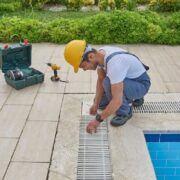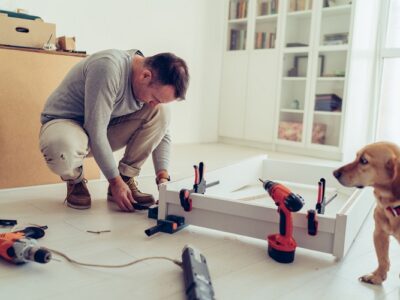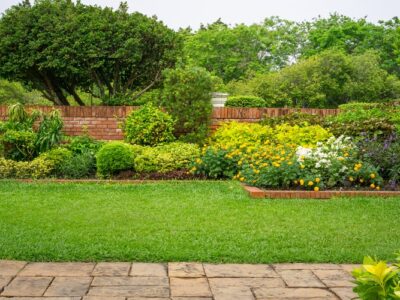Once in a while, you’ll find that you have a leaking pipe or a drainage system that needs to be unclogged. Most people fix these themselves while others opt to call in a plumber. Either way, it is important to have a general understanding of how plumbing works. This way, it would be much easier to monitor it, meaning you’ll always be ahead of trouble. This saves you time and money. So, What Is There To Know?
Table of Contents
The Supply System
Generally, a plumbing system is divided into two subsystems; one that brings in the water while the other drains the wastewater. As such, the subsystem that delivers water into your house is under pressure to enable it to supply water everywhere it’s needed. As it flows into the house, it pumps through a meter that reads the volume used. This website https://www.emergency-plumber-au.com/ provides complete information regarding home improvements.
In most circumstances, the main valve or water shutoff will be found close to the meter. However, most of the water fixtures should have their own valve. This eliminates the need to shut off the water supply in case of a small scale water incident.
Water fixtures that run cold water are directly supplied from the main valve. On the other hand, there is an extra step for hot water supply needs, such as the kitchen sink, dishwasher, or shower. An extra pipe supplies water to the water heater. A hot water line will deliver the hot water to every fixture or appliance that needs hot water.
The Drainage System
Drainages are basically the same regardless of whether on a septic or sewer system. Compared to the water supply, there is no need for pressure on a drainage system. They depend on gravity, meaning that pipes are angled downwards. The sewer line connects the drainage to the septic tank. However, there is a lot more to this process than piping and gravity. If you are interested to learn more about home improvement, visit this website https://green-house-shion.com/ for further details.
Traps- this is the s-curved piping under a drain.
Technically, there is enough pressure to force water through the curve and into the drainpipe. Still, a substantial amount remains in the trap to block sewer gas from backing up. This is a compulsory requirement in every fixture. Toilets are self-trapped while bathtubs come with drum traps that also help collect dirt and hairs to prevent clogging.
Most kitchens have grease traps to prevent grease clogging. Most traps come with a clean-out plug that allows easier cleaning. For a drainage system to be entirely efficient, all drain-waste-vent system components must be in good condition. You can get a plumber in Charlotte to check it out for you if you are unsure what to look for.
The Supply and Drainage Subsystems
These two operate distinctively with no overlapping whatsoever. However, a bridge connects the two, and this is what we call a fixture. These include tubs, toilets, sinks, washing machines, dishwashers, or an outside faucet. In layman terms, any device that draws clean water and discharges wastewater is a fixture. One of their purposes is to separate the two systems.
In most circumstances, fixtures will have their own valves. In case they need a repair or maintenance routine, there will be no need to shut off the entire water supply. Ensure everyone in your house knows where the main shutoff valve is located and how to use it.
If you decide to do your own repairs, always ensure that the water supply is off, either to the fixture or the entire house. If you are unsure of the issue, reach out to your local plumber in Charlotte. In addition, be informed on local plumbing codes before you get to adding or changing your piping.
When designing a new home, there are several factors to consider making sure you choose the best flooring and plumbing for your needs. Click here https://gregorycustomhomes.net/ for more details.




















Comments